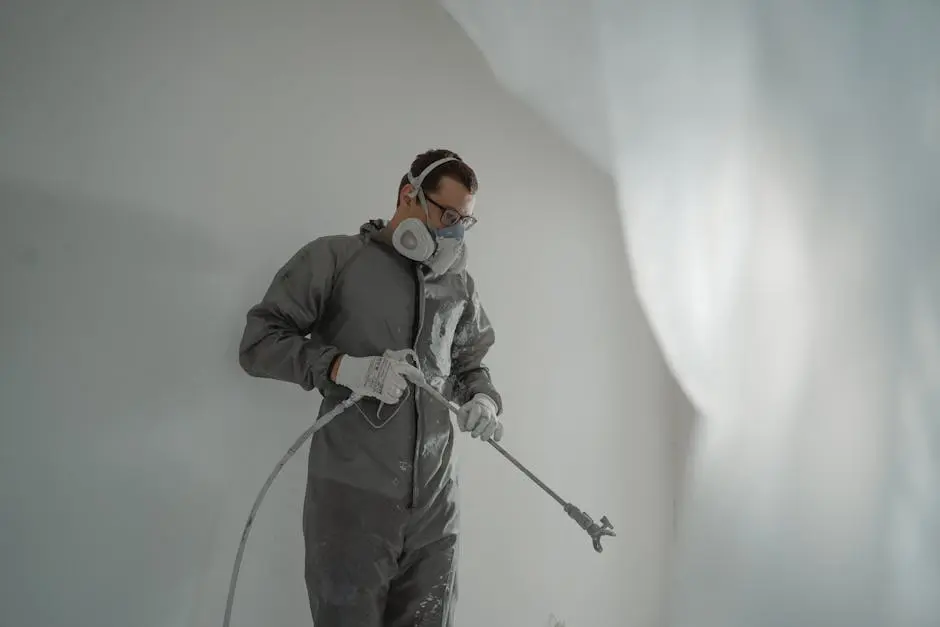Roll painting is a popular technique for achieving a smooth and even finish on various surfaces. However, when it comes to exterior applications, many people wonder if this method is suitable. In this FAQ, we will explore the nuances of roll painting and its effectiveness for outdoor surfaces.
Understanding Roll Painting
Roll painting primarily involves using a roller to apply paint to a surface. This method is favored for its efficiency and the ability to cover large areas with minimal effort. It’s particularly popular for walls, but can it be effectively applied outdoors?
When discussing roll painting, it’s essential to recognize that this technique isn’t merely about the roller itself; it’s about the entire process, from preparation to application. Many painters find that rolling provides a more uniform finish compared to methods like brushing, especially on textured surfaces.
One important aspect of roll painting is the type of surface being painted. Exterior surfaces often require different techniques and considerations than interiors, making understanding these nuances crucial for a successful outcome.
Benefits of Roll Painting for Exterior Surfaces
One of the main advantages of roll painting for exteriors is speed. Rollers allow for quick coverage, making large outdoor projects much more manageable. Whether you’re tackling a fence or the side of a house, a roller can save you time.
Additionally, roll painting provides excellent adhesion when applied correctly. High-quality exterior paint combined with the proper rolling technique can result in a finish that withstands the elements. This is particularly beneficial for areas that experience harsh weather conditions.
Another benefit is the ease of blending different colors or finishes. With roll painting, it’s simpler to achieve a seamless look, especially for larger areas. This makes it a favored technique for homeowners looking to add a touch of vibrancy to their outdoor spaces.
Surface Types Suitable for Roll Painting
Roll painting works well on a variety of exterior surfaces, including wood, masonry, and concrete. Each surface type presents unique challenges and requires different types of rolls and techniques.
For example, wooden surfaces can benefit from roll painting because it helps to minimize brush strokes, resulting in a smoother finish. However, it’s crucial to ensure the wood is properly sealed and primed beforehand to enhance durability.
On the other hand, smooth masonry surfaces can also be perfect for roll painting. The technique maximizes coverage while ensuring the paint penetrates the grooves, leading to a long-lasting finish.
Choosing the Right Paint for Exterior Use
Choosing the right paint is essential for successful roll painting on exterior surfaces. Not all paints are created equal; many are specifically formulated for outdoor conditions, offering added durability against UV rays and moisture.
Look for paints labeled as ‘exterior’ or specifically designed for outdoor use. These options often contain additives that help resist mold, mildew, and fading.
Additionally, consider the finish of the paint. Satin or semi-gloss finishes can be particularly effective for exteriors as they provide a harder, more durable surface while still being easy to clean, which is ideal for high-traffic areas.
Preparation Steps for Exterior Roll Painting
Preparation is a vital step in the roll painting process, especially for exteriors. Begin by thoroughly cleaning the surface to remove dirt, grime, and any old peeling paint. A clean surface is crucial for ensuring the new paint adheres properly.
Next, check for any repairs needed. Fill in cracks or holes with appropriate filler and sand the areas smooth to create an even surface. This step can significantly improve the overall finish.
Lastly, always prime the surface if necessary, particularly for porous materials. A good primer can enhance paint adhesion and provide a solid base for your topcoat, ensuring a more vibrant and lasting finish.
Tips for Successful Roll Painting on Exteriors
When roll painting exteriors, it’s essential to work in suitable weather conditions. Try to avoid extremely windy or rainy days. Ideally, temperatures should be mild to ensure the paint can cure effectively.
Always use the right roller cover for the surface you’re painting. A thicker nap is often better for textured surfaces, while a smoother nap can work well on flat walls.
Finally, keep a wet edge while rolling to prevent lap marks. This means working in sections and blending the edges as you go. By following these tips, you can achieve a beautiful, professional-looking finish on your exterior surfaces.
Final Thoughts
In conclusion, roll painting can indeed be used for exterior surfaces, but it’s essential to consider the type of paint, surface material, and weather conditions. Proper preparation and technique can lead to stunning results that enhance the beauty of your outdoor areas.



